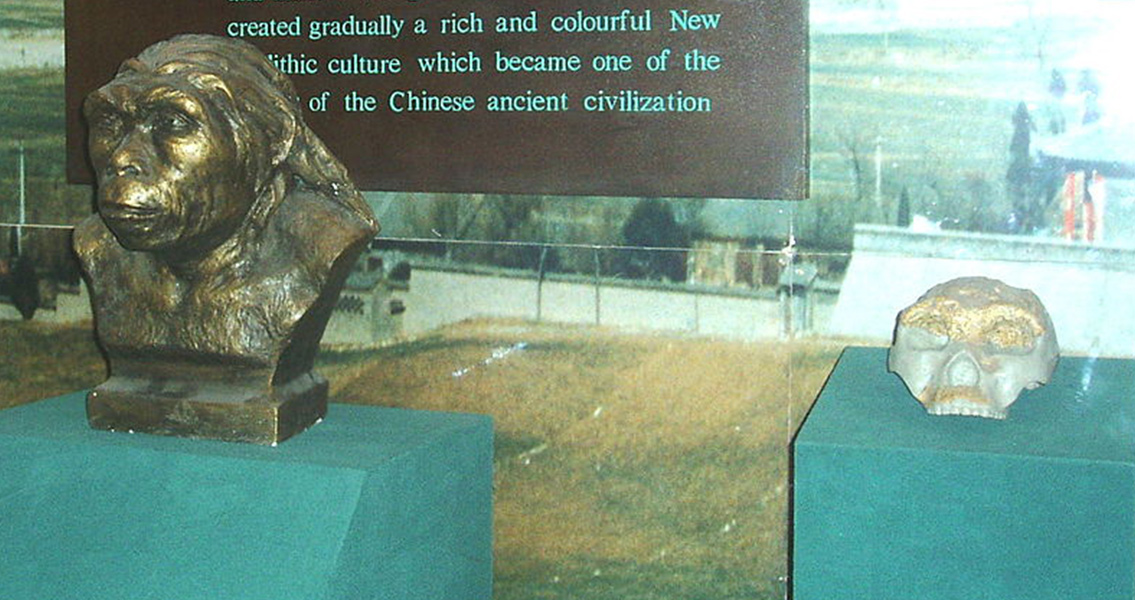<![CDATA[A research team from China and the UK have found that the cranial fossil of the Lantian Homo erectus is half a million years older than previously thought. The scientists believe that the cranium, which was found in 1964, should have been dated to 1.63 million years ago. These estimates mean that the Lantian skull is now the oldest hominin fossil found in northeast Asia, and the second oldest in the world. Based on these numbers, the researchers believe the small-brained hominins moved quickly in an easterly direction some time after 1.75 million years ago. The existence of similarly aged hominin fossils in Indonesia and Georgia, suggests that hominins may have moved into Asia from Africa, via southern as well as northern routes. The study was published online in Journal of Human Evolution. The Chinese and British scientists began their investigations in North China in 2001, by sampling various geological sections of the Lantian Basin. They used a host of techniques to date the skull, comparing it with geochemical, palaeontological and rock magnetic studies of the area where it had been discovered. In their study, they state that the skull is consistent with the environment and fossil fauna of 1.63 million years ago in the Lantian Basin region. They also compared the cranium size with those found in Georgia and Indonesia, and found they were similarly small. The cranial capacity of the Lantian man is thought to have been around 780 cubic centimetres. The crania of the men that were found in the Lantian basin, as well as those from Indonesia and Georgia, were all actually female. The three combined represent the oldest fossils of erect hominins found so far. The first piece of the Lantian Man that was found was actually the jawbone at Chenjiawo, in Lantian County. Soon after, in 1964, the skull was found, which had the nasal and cheek bones in place. At another site, three teeth that belonged to another Lantian man were discovered. The recently published study on this and the other craniums has taken thirteen years to complete. The study was multi-disciplinary, but mainly focused on geological and paleontological factors to date the skull. The project was led by professors Zhu Zhaoyu, Robin Dennell, and Huang Weiwen of the Guangzhou Institute of Geochemistry of the Chinese Academy of Sciences, University of Exeter in the UK and the Institute of Vertebrate Paleontology and Palaeoanthropology of the Chinese Academy of Sciences, respectively. The study was supported by the National Basic Research program of China. ]]>
Lantian Man Older than Previously Thought
